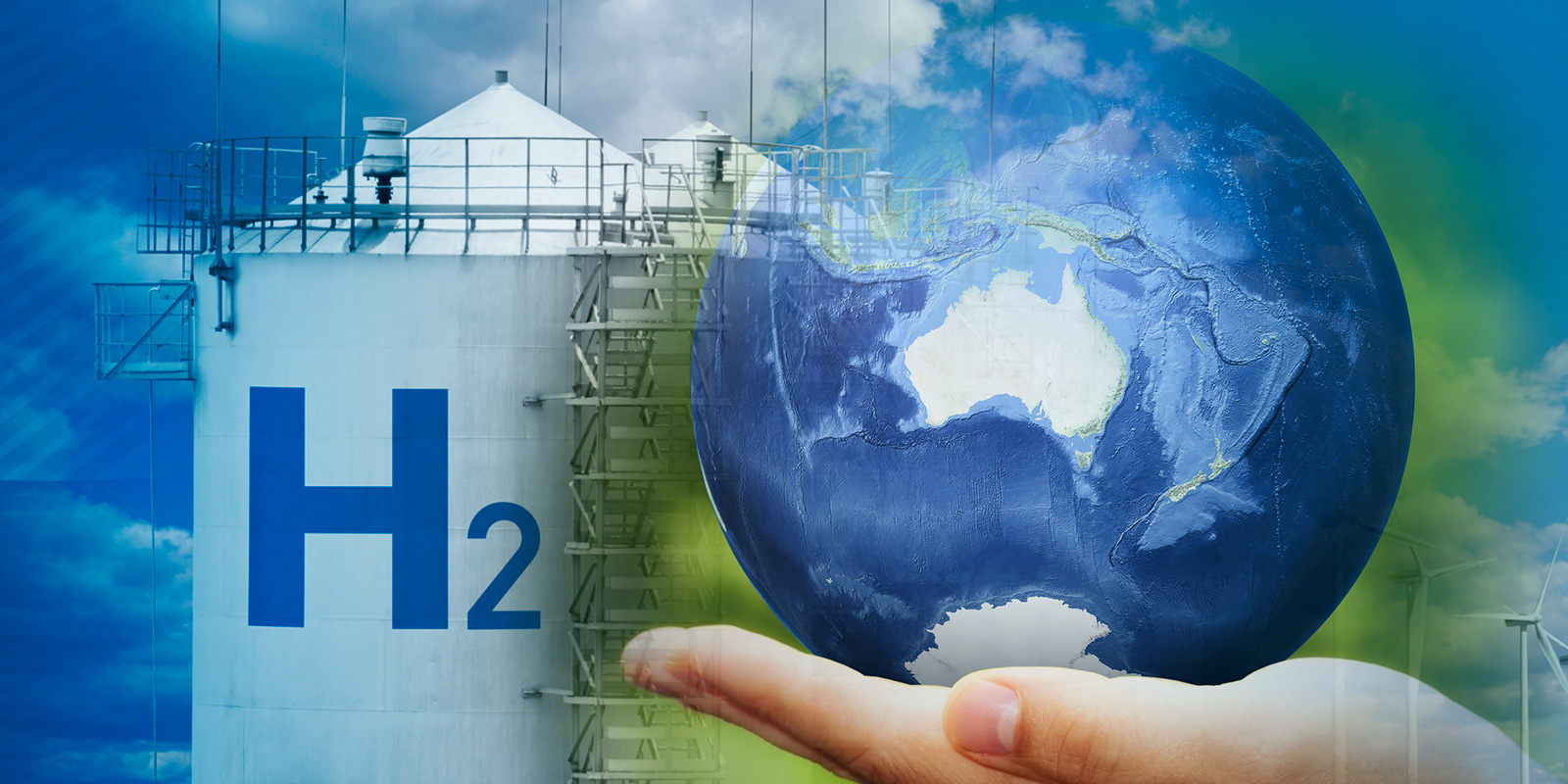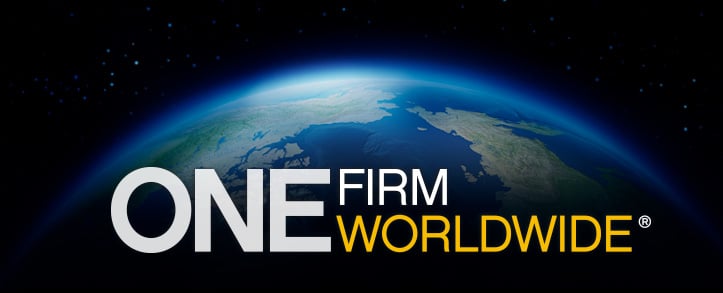
Australia's Hydrogen Guarantee of Origin Scheme Enters Trial Phase
In Short
The Situation: The Australian Federal Department of Industry, Science, Energy and Resources ("the Department") is working to develop an internationally consistent Guarantee of Origin scheme for Australia ("Australian GO scheme"). Industry trials of the proposed scheme have commenced to develop emissions accounting approaches that will be relevant to the creation of GO certificates for a range of hydrogen production methods.
The Result: The Australian GO scheme is proposed to align with the methodology being developed by the International Partnership for Hydrogen and Fuel Cells in the Economy ("IPHE"). However, uncertainty remains over some important elements of the scheme that are yet to be finalised, including the methodology for calculating emissions intensity of hydrogen produced from a range or methods, the treatment of offsets and allocation to co-products.
Looking Ahead: Participants in the Australian hydrogen industry should be mindful of the potential for changes to the scope and detail of the Australian GO scheme, the potential for some differences between the Australian GO scheme and schemes in other jurisdictions and how the GO certification may ultimately be applied.
Introduction
The development of a clean hydrogen industry is an important element of Australia's emissions reduction plan, and the Australian government has said it will invest AU $1.4 billion to build the industry. The Australian government plans to position Australia as a major exporter of clean hydrogen by 2030.
Hydrogen is a versatile, storable, transportable, safe and relatively sustainable fuel. The combustion of hydrogen on its own produces no greenhouse gas ("GHG") emissions. The emissions associated with hydrogen production can be relatively low, depending on the production pathway. There is a massive untapped market for clean, low-emissions hydrogen across many sectors, including manufacturing, agriculture, transport and energy generation. The use of hydrogen as an alternative to traditional fossil fuels is seen as a key aspect of achieving emissions reduction and net-zero commitments if it can be produced economically in large quantities.
To enable buyers to understand the specific carbon footprint of Australian hydrogen products in the market, and thus make informed decisions about which products best suit their needs, the Department is working to develop an internationally consistent Australian GO scheme which will apply consistently at a national level.
The scheme is likely to take the form of a certificate scheme, and certification will include the following information:
- GHG emissions associated with one tonne of the hydrogen product;
- Production facility and location;
- Production technology; and
- Primary fuel source.
The Department released a discussion paper, 'A Hydrogen Guarantee of Origin scheme for Australia' ("Discussion Paper") in June 2021, which contained details of the proposed Australian GO scheme. A summary of the outcomes of the public consultation period was then released in late 2021 ("Consultation Summary Paper") which indicated broad support for most key aspects of the proposed scheme.
The Department has tasked the Clean Energy Regulator with running industry trials of the proposed Australian GO scheme over an 18-month period, which commenced in mid-December 2022.
The Department has indicated that at the conclusion of the trials, learnings will be considered, and an appropriate legislative framework for the Australian GO scheme can then be finalised. How that framework will ultimately be structured is still under consideration; however, the current expectation is that the framework is likely to follow or utilise parts of existing legislation that deals with creation of renewable energy certificates and emissions reporting.
International Alignment
The Australian GO scheme aims to be consistent with international methodologies in order to ensure that the information contained in Australian certificates is internationally accepted and can be easily compared across jurisdictions.
To this end, Australia has worked closely with the IPHE. It was a significant contributor to the IPHE's 'Working Paper Methodology for Determining the Greenhouse Gas Emissions Associated with the Production of Hydrogen' ("IPHE Working Paper"). The proposed Australian GO scheme aligns closely with the methodology set out in the IPHE Working Paper for which Australia has been an active participant.
It is worth noting that while the Department intends for the Australian GO scheme to be closely aligned with international methods, the scheme will be developed, legislated and administered as an independent domestic scheme and may therefore contain some differences with models in other jurisdictions. It will be important for participants in the hydrogen industry to be aware of any such differences and the progress toward international recognition of the Australian GO scheme.
Key Elements of the Proposed Australian GO Scheme
The following is a high-level overview of the proposed Australian GO scheme and how it compares to the methodology set out in the IPHE Working Paper.
What is the scope of the current scheme?
Initially, the Australian GO scheme will include methodologies for the three main hydrogen production pathways relevant to Australia, including:
- Electrolysis;
- Coal gasification with carbon capture and storage ("CCS"); and
- Steam methane reforming ("SMR") of natural gas with CCS.
In addition to these methodologies, the IPHE Working Paper also includes a methodology for hydrogen produced as an industrial by-product.
It is acknowledged that the scheme will need to be expanded relatively quickly to adapt to new production pathways, such as production from biomethane and biomass, as they become more prevalent. The Department has indicated that any extension of the Australian scheme will be undertaken in collaboration with the IPHE.
What are the system boundaries for calculation of GHG emissions?
A 'well-to-gate' approach has been adopted in the proposed Australian GO scheme and the methodology in the IPHE Working Paper. This approach captures Scope 1, Scope 2 and partial Scope 3 emissions. The partial Scope 3 emissions currently only include upstream emissions.
It is likely the scheme will be extended over time to adopt a 'well-to-receiving port' approach in the future, which would capture some downstream Scope 3 emissions, including transport and storage. The Department has indicated that any extension of the scheme will be undertaken in collaboration with the IPHE.
How will GHG emissions be calculated?
To enhance international acceptance of the scheme, the proposed Australian GO scheme is likely to use the ISO standards and the Greenhouse Gas Protocol ("GHG Protocol") as the overarching framework for calculation of Scope 1 emissions. This would be consistent with the approach in the IPHE Working Paper.
The proposed Australian GO scheme is likely to adopt a market-based approach to the calculation of Scope 2 emissions, and this could include provision for a residual mix factor to be used where there are no 'contractual arrangements' in place. This is broadly consistent with the method adopted in the IPHE Working Paper. However, the finer details of the market-based approach are subject to further testing during the trial phase. An issue of concern is that any market-based approach should align closely with international practice, and this may require a scheme that distinguishes the age of renewable energy facilities so that there is specific recognition for green hydrogen that is produced from newly built renewable energy sources.
Will the use of carbon capture, use and storage ("CCUS") be permitted?
The proposed Australian GO scheme is likely to allow CCUS to be included in calculations, but only to the extent the relevant emissions are permanently stored in geological storage formations. This may be expanded in the future when international accounting provisions are developed for other forms of CCUS.
Coal gasification or SMR without CCS will not be covered in the hydrogen GO scheme.
Will offsets be permitted?
Whether or not offsets should be included in the Australian GO scheme is undecided and the subject of some debate.
Currently, it appears unlikely that offsets will be allowed as a complete solution for emissions reduction. Those opposing the inclusion of offsets point to the potential lack of international acceptance of an offset approach.
Proponents for the use of offsets argue that initially allowing offsets could support the hydrogen industry in its early development.
If offsets are to be included in the policy, the use of them would need to be dealt with transparently in the certificate. Further work will be undertaken by the Department in the trial phase to look at implications and benefits of allowing offsets.
How will allocation of emissions to co-products be dealt with?
Allocation to co-products is also the subject of some debate. There is a concern that, if inappropriate allocations are allowed under the scheme, emissions associated with the related hydrogen products could be under-reported.
Methods of allocation have not been settled in the proposed Australian GO scheme and further testing will likely occur during the trial phase, noting that the IPHE Working Paper has included some further guidance on allocation methods for each of the production pathways. Similar to other issues in the scheme, it is likely that any Australian approach will draw on methodologies agreed through the IPHE.
Looking Ahead
An Australian GO scheme will help to facilitate Australia's growing hydrogen industry.
Participants in the Australian hydrogen industry should be mindful of the following issues with the proposed scheme as the industry develops:
- A number of key aspects of the scheme remain to be determined, including the treatment of offsets, allocation to co-products and details of the market-based method for calculating Scope 2 emissions. Until these are clarified, parties should take account of the uncertainty in any investment plans or transactions.
- Even once it has been legislated, the Australian GO scheme will likely expand and adapt over time. Parties to long-term contracts ought to consider how they wish to deal with changing technology and industry practices and potential changes to the certification scheme. Specific mechanisms to adapt the contract or deal with disputes arising from industry changes may be prudent.
- There will potentially be differences between certification schemes across various international jurisdictions, including in the definitions of terms like 'clean hydrogen' or 'green hydrogen', approaches to emissions calculation and treatment of inputs to GHG emission calculations, such as offsets and allocation to co-products. It is important that project developers and investors understand the current uncertainty and engage in the stakeholder feedback with the federal government as the scheme is developed.
- Downstream Scope 3 emissions associated with transport and storage will likely be included in the Australian GO scheme at some stage in the future. It will be important for transport and storage proponents to understand any initial limits on the Australian GO scheme and be prepared to provide stakeholder input to any extension of scheme to transport and storage activities.
- For the purpose of certification, hydrogen producers will be obliged to report relevant information, some of which may relate to matters not within their control or direct knowledge. That information will be relied on by the regulator, and may be relied on by counter-parties. As such, producers will need to consider the information that is required from entities in their supply chain and what contractual obligations and warranties should be included in relation to the provision of that information.
Three Key Takeaways
- The Australian GO scheme will initially only apply to hydrogen production from electrolysis, coal gasification with CCS and SMR of natural gas with CCS, and will adopt a 'well-to-gate' boundary. However, the scope of the scheme will no doubt expand as the hydrogen industry develops.
- The proposed Australian GO scheme aligns closely with the methodology set out in the IPHE Working Paper. However, uncertainty remains over some important elements of the scheme, including:
- Details of the method for calculating Scope 2 GHG emissions and the extent to which the method will align with other jurisdictions;
- The inclusion of offsets; and
- Details of how allocation of GHG emissions to co-products will be treated.
- Participants in the Australian hydrogen market should be mindful of the potential for changes to the scope and detail of the Australian GO scheme and the potential for differences between the Australian scheme and other jurisdictions, especially when planning projects, investments or transactions in connection with hydrogen production or supply.





